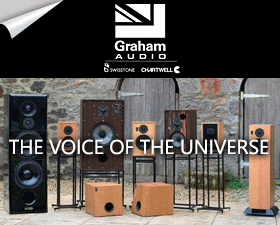Hi Guys
The inescapable conclusion here is that we all have our own views (prejudices?) which are unlikely to be changed, and the circle of this discussion cannot therefore be squared. My suggested solution for each of us to go for whatever floats our individual boat. If YOU like it it must be good for you so go to it. There is no right or wrong answer. I for one find it fascinating and reall enjoyable to hear other peoples excellent attempts at solving this never ending conundrum.
My personal view, for what its worth, is that I prefer high efficiency systems but that said I have heard low efficiency systems that sound sublime (LS3 5a’s for instance)
The inescapable conclusion here is that we all have our own views (prejudices?) which are unlikely to be changed, and the circle of this discussion cannot therefore be squared. My suggested solution for each of us to go for whatever floats our individual boat. If YOU like it it must be good for you so go to it. There is no right or wrong answer. I for one find it fascinating and reall enjoyable to hear other peoples excellent attempts at solving this never ending conundrum.
My personal view, for what its worth, is that I prefer high efficiency systems but that said I have heard low efficiency systems that sound sublime (LS3 5a’s for instance)

















